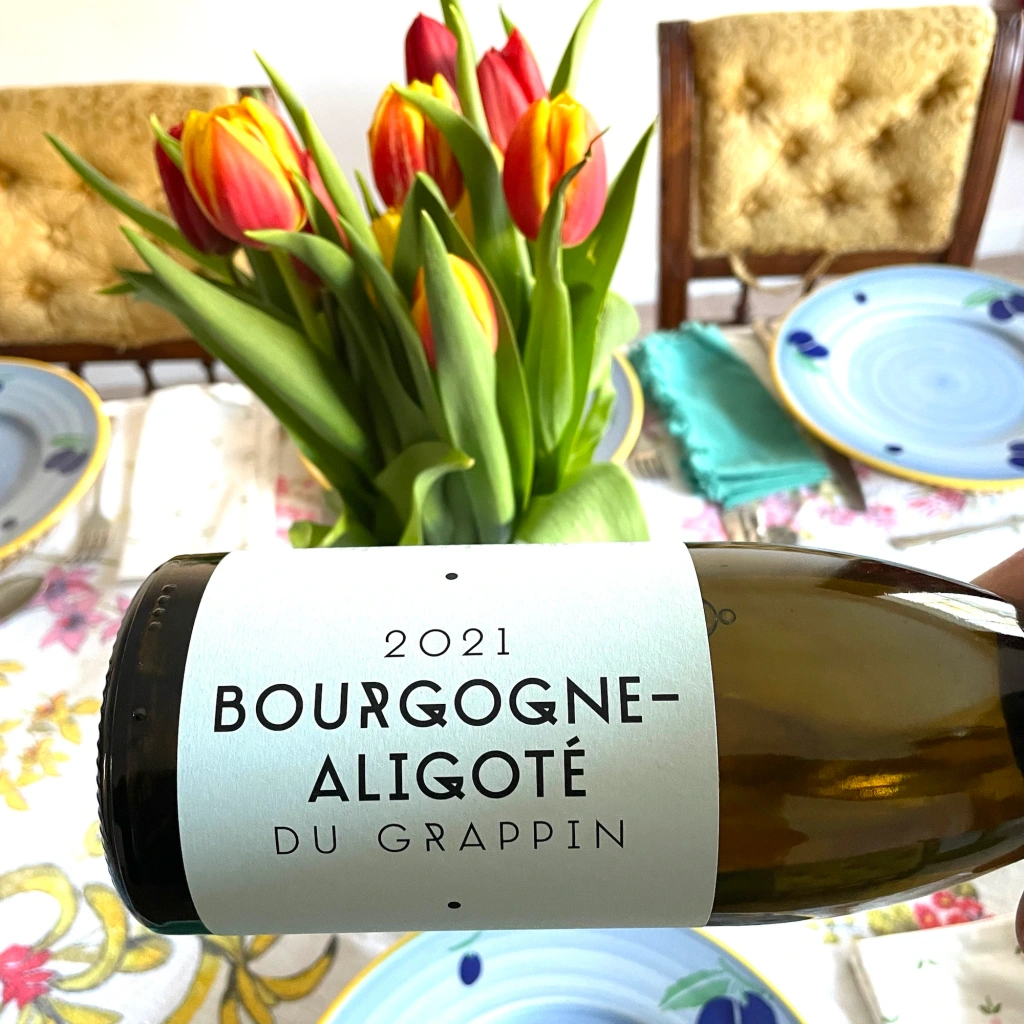For the second part of my bottles drunk at home in March we have six different wines, all from different regions, and indeed all different sources to those drunk in Part 1. We begin with a sadly rare grape variety from Piemonte, the white Nascetta. Then we have a wine from one of my favourite young Alsace producers, one made in a very interesting way. We have a superb pétnat from Lorraine, a relatively inexpensive Pinot Noir from California, a “ginger” wine (it’s a thing) from the grandfather of Czech/Moravian natural wine, and to finish, a Bourgogne Aligoté which I know is a favourite of many of those who follow this blog. Part One is a hard act to follow, but this group of wines had a good stab of doing so.
Nascetta del Comune di Novello 2020 Langhe DOC « Arnaldo Rivera », Terre del Barolo (Piemonte, Italy)
Nascetta is a rare Langhe native variety, pretty much only grown now in the comune of Novello in the Langhe Hills. It fell so out of favour that it was often used as a table grape, but someone must have decided to give it another try, and for me it does at the very least rival Arneis, the best known of the local varieties for dry whites. It has small berries, is classed as semi-aromatic, but for me is more interesting on the palate.
Terre del Barolo is a large co-operative whose Barolo wines often appear in the supermarkets. Arnaldo Rivera was Mayor of Castiglione Falletto, where they are based. He was a teacher, but he founded the co-operative in 1958. The cantina makes a premium varietal range from single sites to honour him.
Made in stainless steel to retain freshness, it is quite aromatic with a floral note developing, along with a whiff of beeswax. The palate is waxy, with ripe apple and pear acids, over time softening as hazelnut comes in. There’s a little bit of texture, possibly from a lees element, and it is savoury enough for food matching with a medium body and 13% abv. Interestingly, Nascetta is said to age well in oak and the profile of this wine makes me interested to taste one that has seen oak.
I doubt this is a “natural wine”, but the variety was irresistible to try, and I thought within the context of Piemontese white wine, this was pretty nice. Not expensive either, £22 from The Solent Cellar.
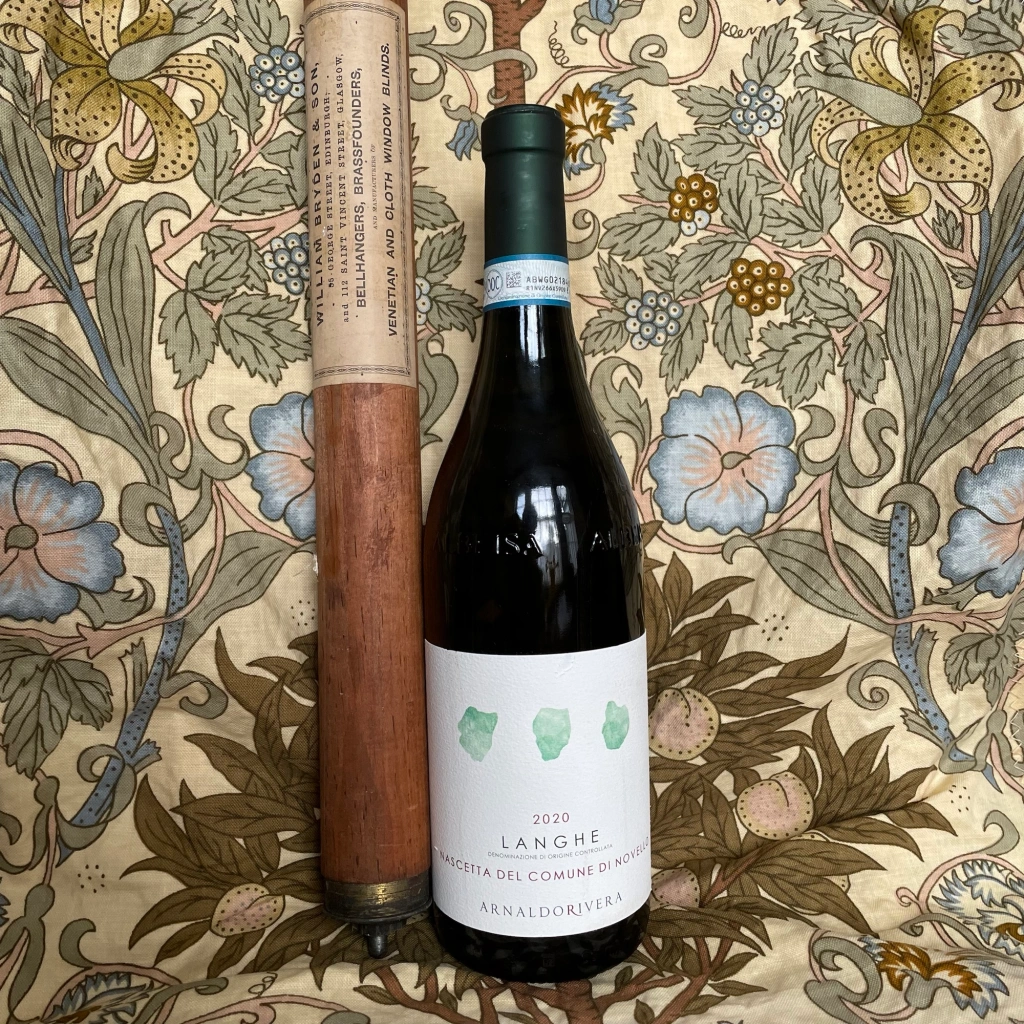
Chien Noir/Chat Blanc 2021, Lambert Spielmann/Domaine in Black (Alsace, France)
Ex-musician Lambert Spielmann’s wines, and even his domaine name, are riddled with music references and riddles (I’ve just bought tickets to see The Stranglers, Lambert). He has approximately three hectares of vines around the villages of Dambach-la-Ville, Epfig, Nothalten, Obernai and Reichfeld, and he’s one of Bas Rhin’s rising stars.
This is a newer cuvée from Lambert, and it has a neat twist to it. It is made from 40-year-old Pinot Auxerrois grapes grown on clay, direct pressed, but the juice was infused with Pinot Noir skins from the previous vintage for a week before pressing into vat. The result is a fantastic cranberry juice colour, so bright it looks radioactive. The bouquet is all cranberry, strawberry and raspberry with just a hint of lemon from somewhere.
Fruit and acids intermingle making this extremely refreshing, but there’s a little texture too. It’s just a brilliantly conceived wine, and it sports another very cool label designed by Fred Bouchet. Many of you will know that these cuvées also come with a recommended track to listen to, always worth checking them out. This one is “Was Romeo Really a Jerk” by Emir Kustorika (2007), a Serbian actor/director/musician possibly best known for his film “Time of the Gypsies” (1988), for which he won Best Director at Cannes the following year.
Imported by Tutto Wines, this bottle originally purchased from Noble Fine Liquor. Tutto has an online shop, Tutto a Casa, in which Lambert’s wines appear sporadically. They say they deliver to England and Wales. For Scotland we have to pray that some fine Edinburgh or Glasgow retailers will order some (please!). Tutto has a trade tasting in Edinburgh next week so help me here, someone!
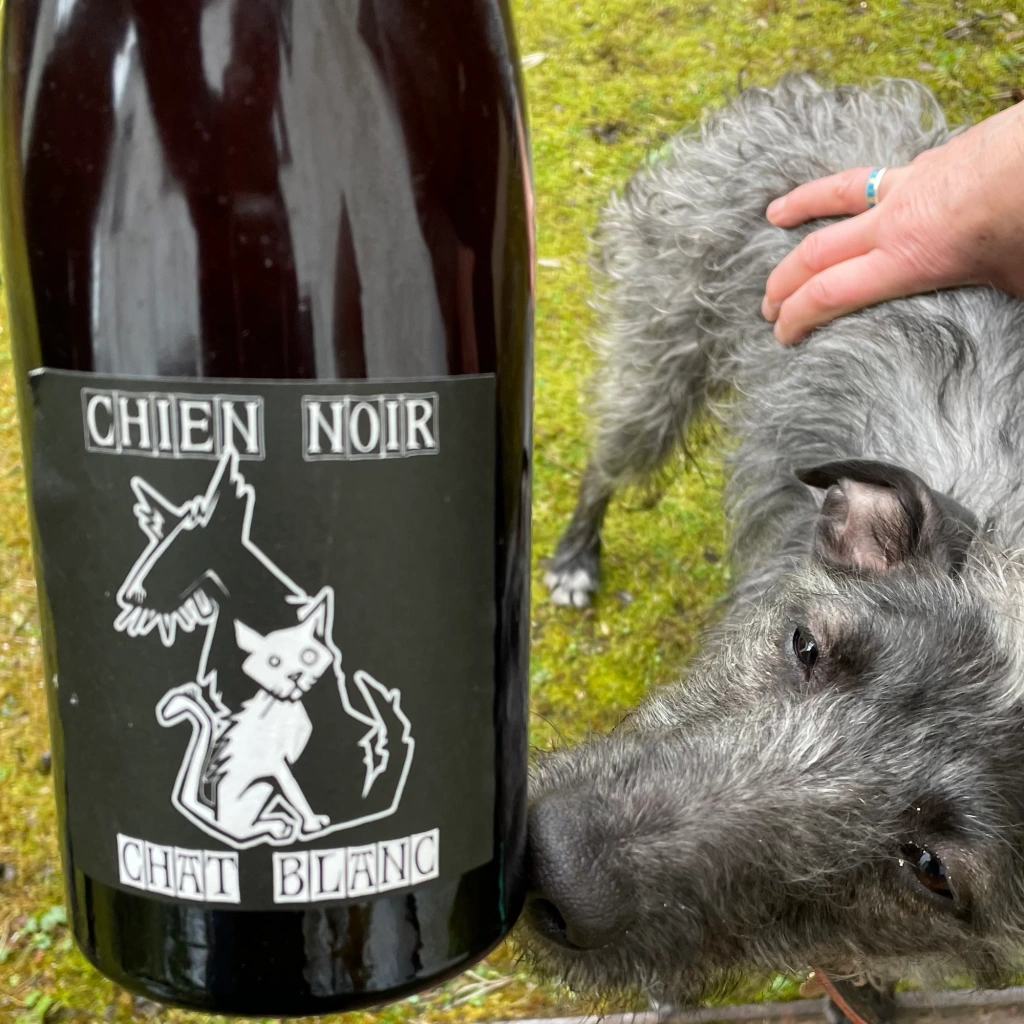
Pet’ Native Blanc 2021, Maison Crochet (Lorraine, France)
Lorraine isn’t perhaps very well known as a wine producing region, certainly not outside of Eastern France, but as somewhere with no reputation it is attractive to very independently minded winemakers. I first got to learn about this producer through Vanessa Letort (Du Vin Aux Liens). Vanessa has moved her base from Alsace to start a vineyard not far from the Crochet domaine at Bulligny, 30km south of Nancy, close to Toul. Although Toul now has an appellation (formerly VDQS), this domaine eschews the AOC in favour of Vin de France designation.
They are an organic domaine which the current generation has converted to making natural, low intervention, wines. They also practise sustainable viticulture and use only very low doses of sulphur. I think this is my third Crochet wine and probably the one that has thus far shown the best. It’s a pétnat made from 100% Auxerrois from a vineyard called Mont-le-Fou (mad or crazy mountain). They say it is from a “terroir limoneux profond”, which is alluvial silt.
The fruit is entirely direct pressed, with no additives, no filtration and fermented with native yeasts. This cuvée can be disgorged or not from the bottle it undergoes its second fermentation in, depending on customer preference. This one had no apparent lees or cloudiness. It has subtle bubbles, a floral bouquet with yellow fruits, with similar fruit on a saline, mineral, palate. In essence, I’d call this a lovely dry peachy lemonade but with 11% alcohol. If that sounds appealing, well it is. And Maison Crochet deserves to be better known. If they were near Sélestat or Arbois, they would be.
Only circa 1,000 bottles were made of this cuvée but it was very good. I would definitely buy it again. The importer is Sevslo in Glasgow, and I found it in their retail outlet, Made from Grapes, in the same city. I am hoping some Crochet wine may make its way to Edinburgh, but Sevslo now has their new web site up and running and you can purchase wine there (www.sevslowine.com ). Massive respect to Séverine of Sevslo for importing these wines.
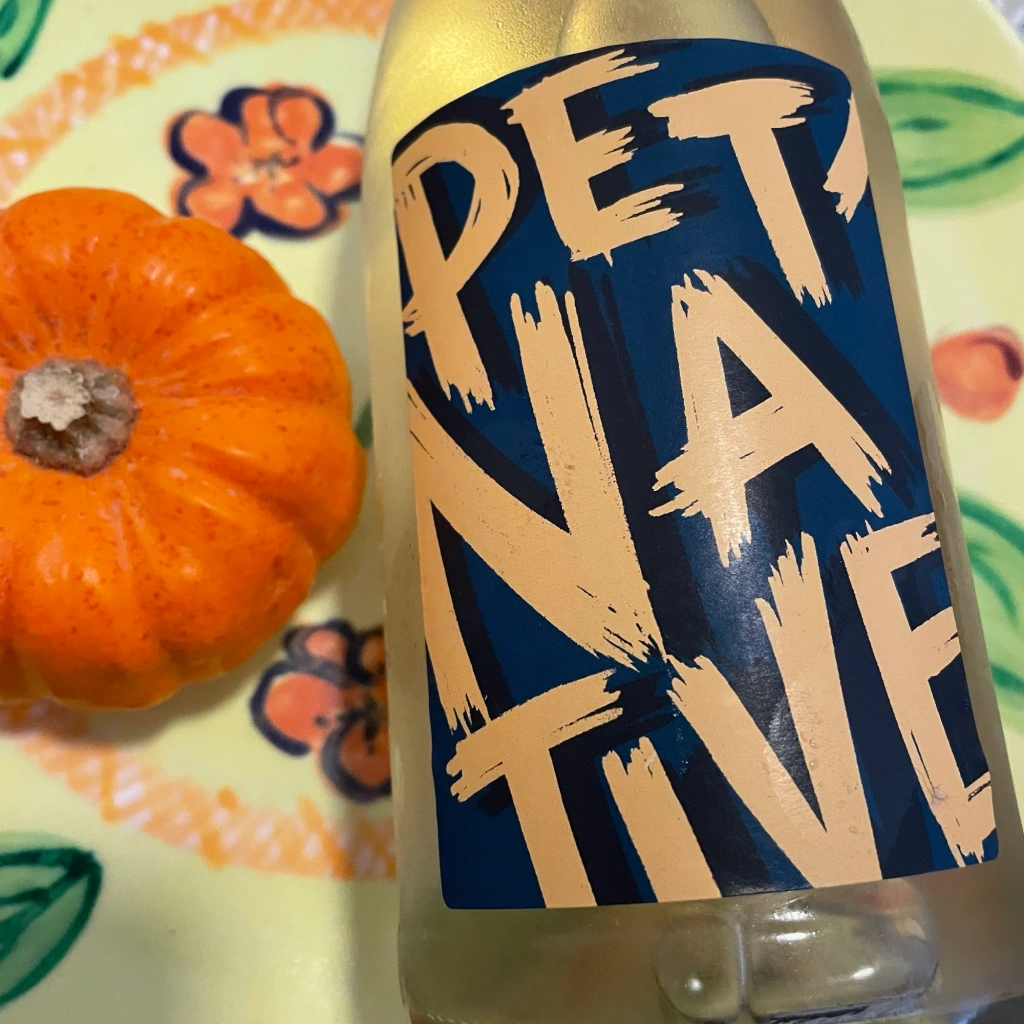
Central Coast Pinot Noir 2021, Land of Saints Wine Company (California, USA)
The fruit for this Californian Pinot comes mostly from Santa Maria Valley, a source I remember from my first tastes of Cali PN many decades ago. We also have fruit sourced in Edna Valley and Arroyo Grande, in effect from the counties of Santa Barbera and San Luis Obispo, generally known as the Central Coast. We are lucky that we are a way away from Napa fruit prices here, but fruit off these mostly volcanic soils (with granite and riverstone) can make good wine if handled well.
The Land of Saints project joins Angela and Jason Osborne (of A Tribute to Grace fame) with Manuel Cuevas (C2 Cellars). They take the fruit from the three sites mentioned and vinify it with 20% whole clusters. Each site is vinified and aged separately in used barriques, blending taking place in tank just before bottling.
The bouquet has ripe cherry fruit, the palate, which has some body, doubling up on the cherry fruit but with a spicy liquorice note, not overwhelming but a with sort of pin-prick intensity, on the finish. Alcohol is listed as 13.6% but the juice is balanced and bright with a pleasant mouthfeel. It’s definitely warm climate but errs on the right side of reasonable restraint.
There were a little over 2,000 cases of this 2021 (I think the 2022 has appeared by now), so it’s hardly small production, but the volume allows this to translate to a UK price after shipping, duty and several margins, of £27. I think that’s not bad really for a tasty Californian Pinot Noir, very well made but with wide appeal. Purchased from Smith & Gertrude (Portobello), imported by Lea & Sandeman.
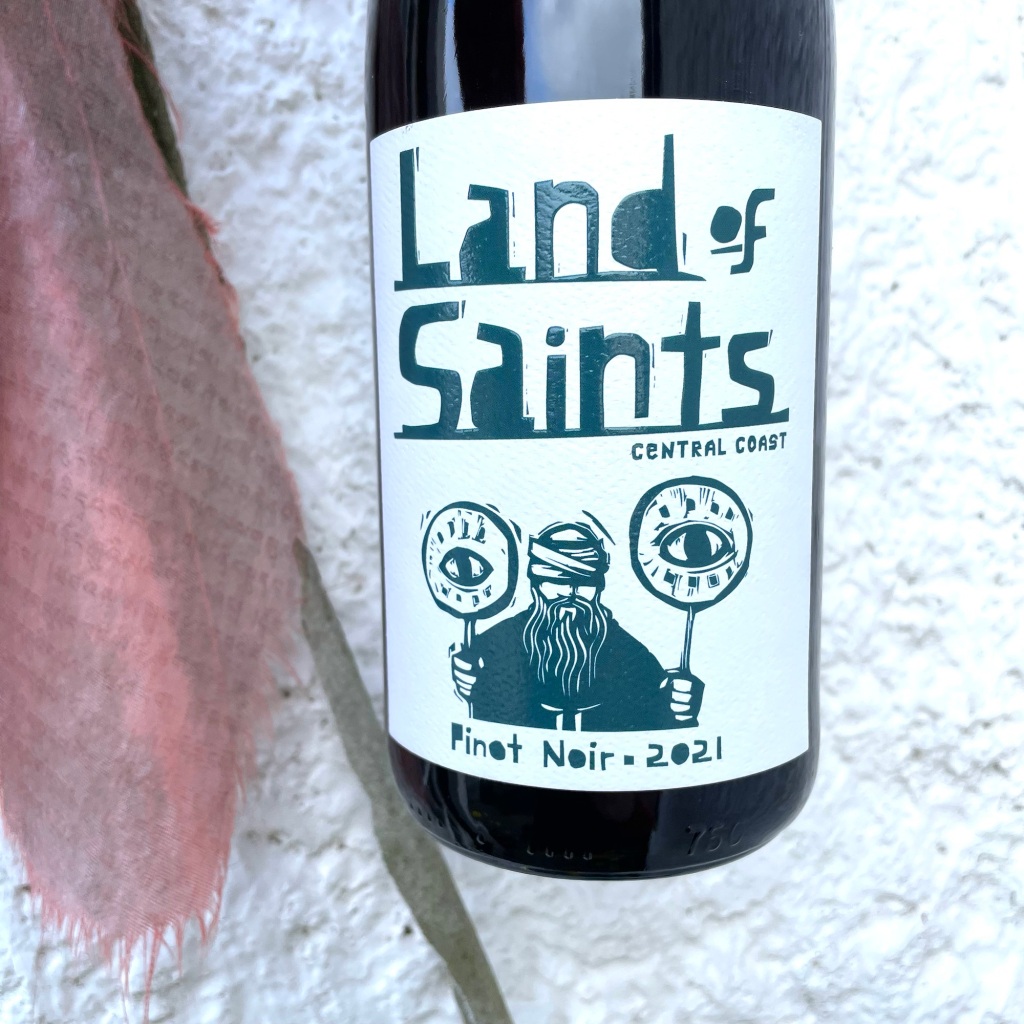
Ryšák 2020, Jaroslav Osička (Moravia, Czechia)
The grandfather of Czech natural wine makes many wonderful cuvées from his small winery cellar and beautiful vineyards (he farms around just three hectares) in the Southern Moravian wine village of Bílovice. It’s a bit like the profusion of cuvées one finds in Alsace here, but this one must come close to topping the interest list. Ryšák means “ginger” in local dialect and it’s an actual wine style, somewhere between an orange/amber wine and a Rosé.
This is a blend of equal parts Pinot Noir and Pinot Gris, grown and vinified without any additives or manipulations. This is another of those wines you would probably buy on its colour alone. If you took such a punt, you’ll not be disappointed.
The grapes see a short maceration of five or six hours followed by a whole berry co-fermentation in vat.
On first sight it looks pretty much like a Rosé, albeit in the darker spectrum towards a pale red. But when you look deep into the glass you do see a sort of ginger hue, unless I’m imagining it. What will then strike you pretty swiftly is the bouquet. Strawberry yoghurt with a hint of tinned peach. Now I live close to a famous gelataria, and these flavours are known to my palate, but this fruity but dry wine is delicious on another level.
Chill it down…not too much, just as you’d chill a light red wine. I don’t think “gorgeous” is too strong a word to describe it, a wine that looks, smells and tastes fantastic. And, of course, if you want to try Czech natural wine then Jaroslav is the guy who more or less started the movement. His son, Luboš, along with some of his wines, will be at the Real Wine Fair in London at the end of April.
In case you thought Jaroslav was isolated in Moravia, he was a teacher at the local wine school for many years, and he gathered around him a posse of similar-thinking natural wine talents who form one of the most exciting natural wine movements in Europe today. He cites Jura wine as a major influence, specifically Pierre Overnoy, with whom he shares some similarities.
This wine came from Basket Press Wines and I believe they have now taken delivery of the latest vintage. It may well be available to try at Tobacco Dock, if you are going.
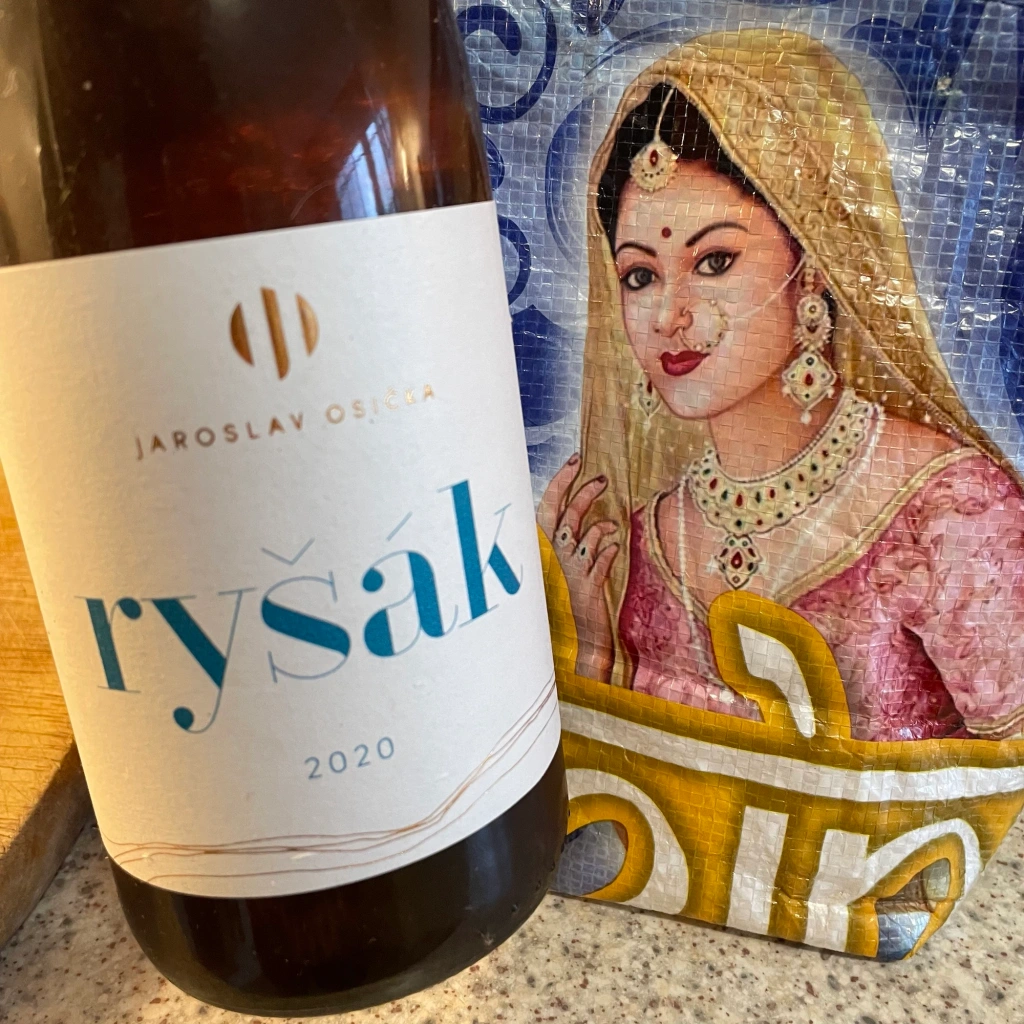
Bourgogne Aligoté 2021, Du Grappin (Burgundy, France)
Du Grappin is the negoce label of Andrew and Emma Nielsen’s Le Grappin domaine. The fruit for these wines is bought-in, but they have significant control over the viticulture and harvesting (many friends and acquaintances that I know have done a harvest or two with the Nielsens and lived to tell the tale, of hard work and fun).
The Aligoté fruit for this wine comes from a site called Perelles le Haut, at La Roche Vineuse in the Maconnais. It’s a south-facing slope of white Bathonian Limestone, 80-year-old vines of the Aligoté Doré clone giving small berries and tiny yields.
Hand-harvested and foot-trodden, the slightly golden-tinged grapes see a very slow press into large old oak vats to ferment. Ageing is a full nine months on lees. The terroir info should give some indication of some of the wine’s qualities. Instead of high acids common to some wines from this variety, we have rounded and ripe fruit with a hint of southern sunshine. There is also a super streak of minerality from the lees ageing, although this is not the version labelled “Skin”, which sees skin contact. If the bouquet has something of a warm spring sunset about it, the finish on the palate is pure dessert apple. If you were ever to call an Aligoté “lush”, then this would be the one, after a couple of years in bottle.
For me, this type of Aligoté is a world away from the battery acid Aligoté of old, wines sometimes only fit to form the base of a Kir, a foil for the sweet liqueur (though it must be said, I am missing drinking Kir, I’ve not had one for ages). At this price it is very much worth seeking out, but not to use as a mixer.
Another purchase from Smith & Gertrude (Portobello, Edinburgh), for £22. Newcomer Wines has recently signed up Le Grappin and will hopefully stock some of the Du Grappin bottlings.
